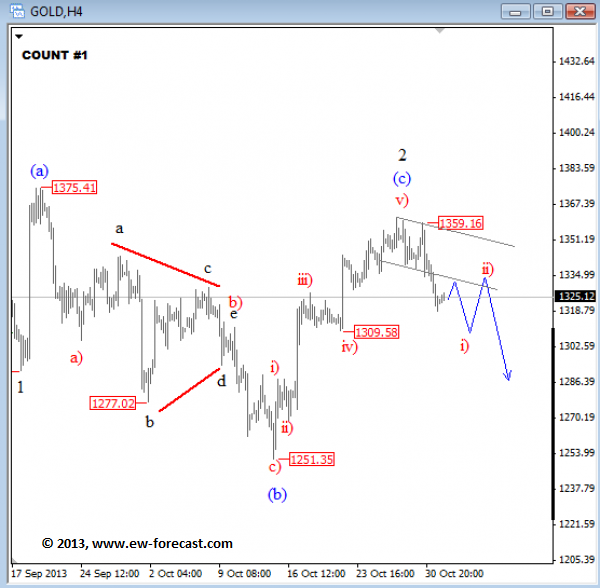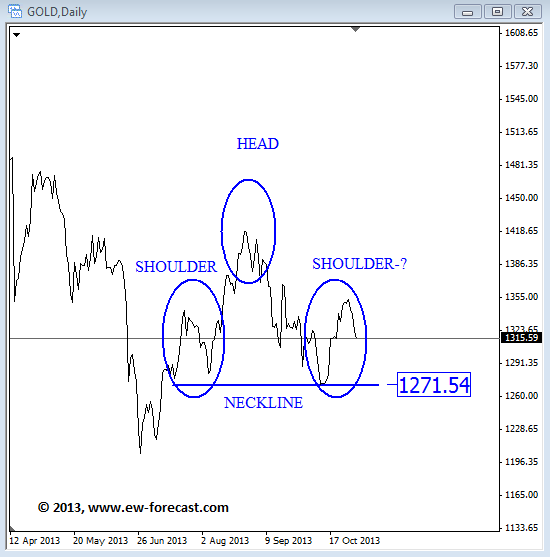 by Sasha Cekerevac, BA
by Sasha Cekerevac, BA
As most readers know, I have been calling for a reduction in the Federal Reserve’s quantitative easing (QE) program for some time. My worry has been that the current level of quantitative easing is not doing much to help Main Street, and it is building potentially dangerous risks to our economy over the long term.
I’m worried about the future of this country, and yes, even my investments. I don’t want my hard-earned wealth to disappear due to mistakes made by the Federal Reserve in continuing to pump quantitative easing.
And I’m obviously not alone in this sentiment, as recently the CEO of BlackRock, Inc. (NYSE/BLK), Laurence Fink, stated that the Federal Reserve’s current quantitative easing policy is creating bubbles in various markets. (Source: Bloomberg, October 29, 2013.)
Fink’s opinion that the Federal Reserve should begin tapering quantitative easing immediately comes from the long-term viewpoint of the overall economy and the damage that is being done. Even though money managers like Fink might benefit from quantitative easing over the short term from the boost in asset prices, if bubbles get bigger, the damage over the long term could be extremely serious.
This has been my viewpoint for some time. Sure, it’s great that the market has gone up recently, but if it’s not sustainable, what’s the point?
Much like real estate a decade ago, we all enjoyed the party on the way up, but the hangover has taken years to work off.
Because the Federal Reserve has been so aggressive in its quantitative easing policy, it’s not just the stock market that is going up. Investors who are desperate for yields are piling into even the riskiest of assets, just to try and get some income.
This is where things can get dangerous. It goes beyond just one investor losing their hard-earned wealth. What about pension plans that are now placing your funds into junk bonds for just marginal yields?
The long-term implications of such an aggressive quantitative easing program by the Federal Reserve are unknown, as the central bank has never made such drastic moves in its history. We are in uncharted waters, and that’s a dangerous place to be.
Ultimately, reality will set in whether the Federal Reserve likes it or not. In fact, the Federal Reserve might lose the ability to impact the long-term bond market if foreign investors decide to pull out.
This means that even if the Federal Reserve continued pumping quantitative easing into the U.S. economy and short-term interest rates remained low, if investors in long-term bonds decide to sell, long-term interest rates will rise.
As well as increased interest rates, all of this excess quantitative easing could eventually lead to inflation moving significantly higher. This, too, would result in ever-higher long-term interest rates.
The fact of the matter is that no one knows what will happen, since the Federal Reserve has never taken such unorthodox action.
I think that over the next few years, we will see higher interest rates. One way investors can profit from a drop in bond prices (when bonds drop in price, interest rates move up) is through an inverse exchange-traded fund, such as ProShare Ultrashort 20+ Year Treasury (NYSEArca/TBT).
Of course, another approach is to diversify your investments by including such assets as gold or silver, which obviously can’t be printed at will. Regardless of what foreign investors do with our bonds, we know they can’t get enough gold and silver.
This article BlackRock CEO Reports QE Causing Bubbles in Markets was originally published at Investment Contrarians



